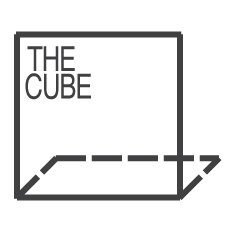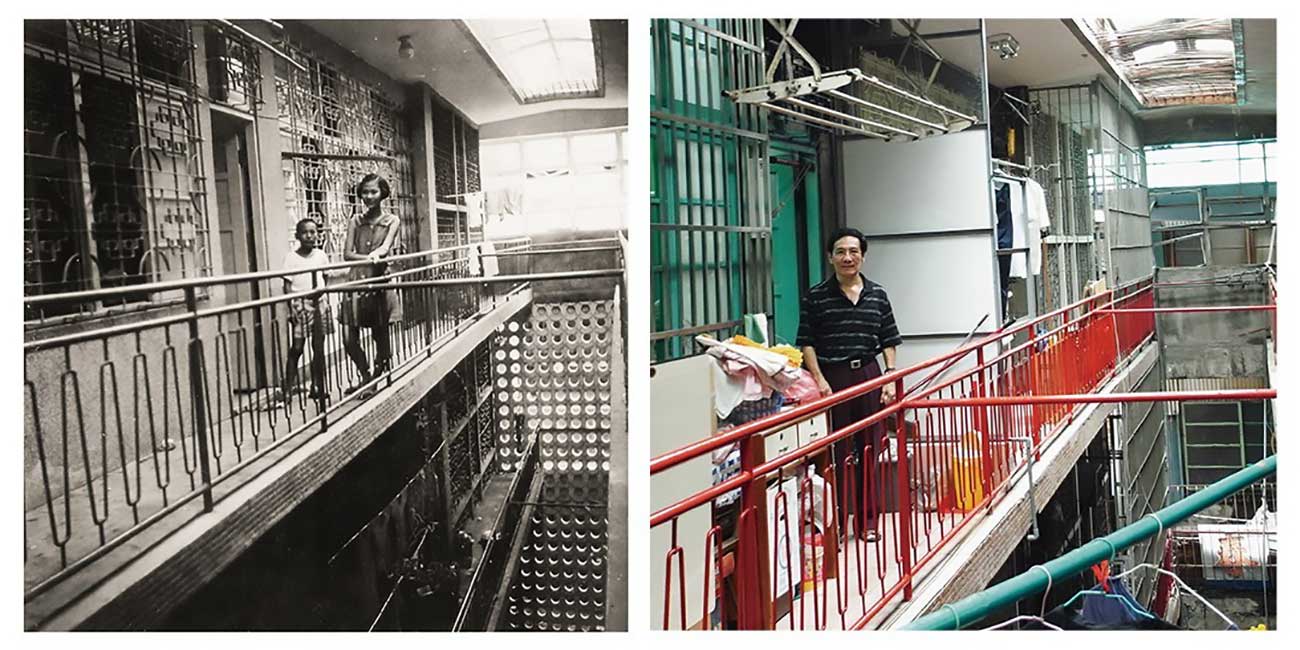
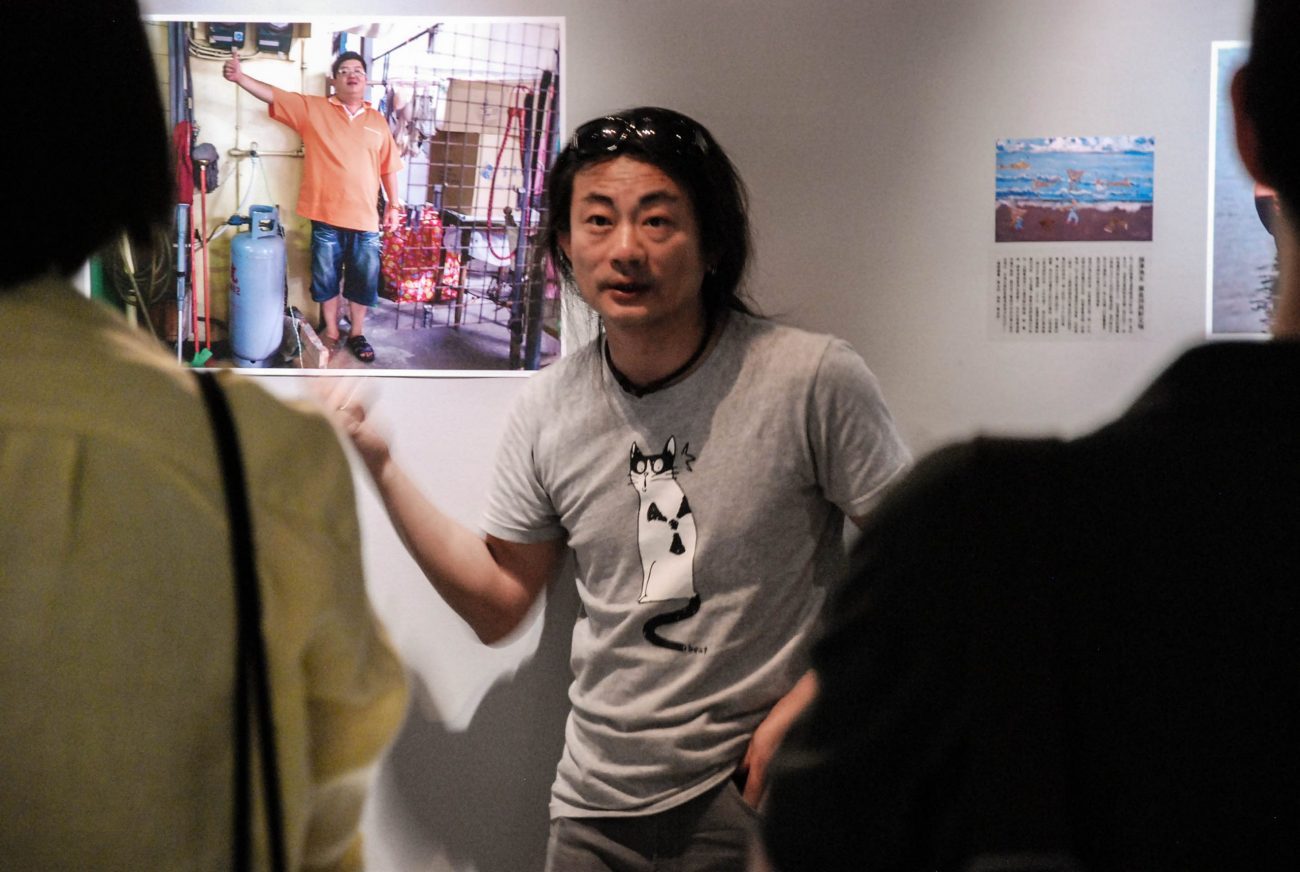
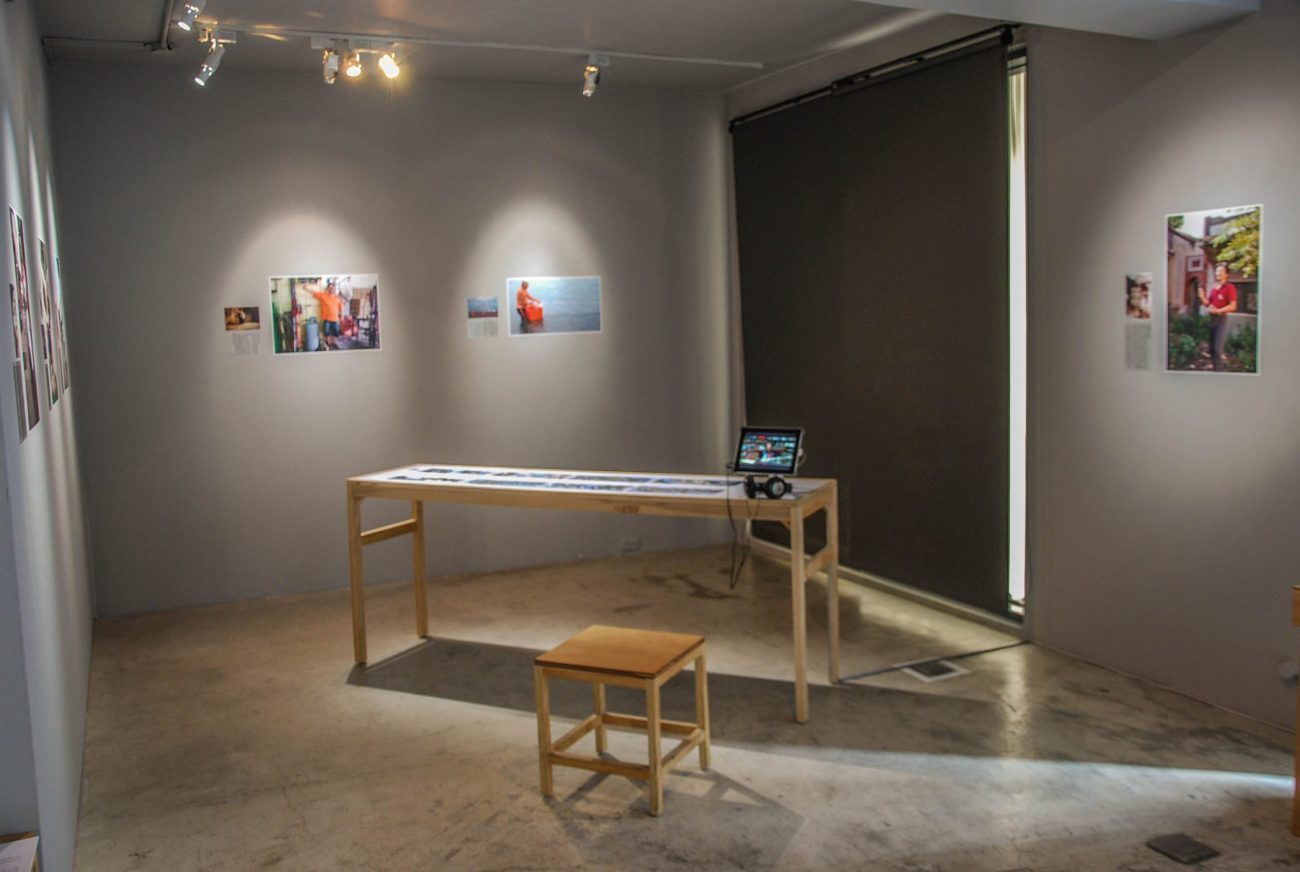
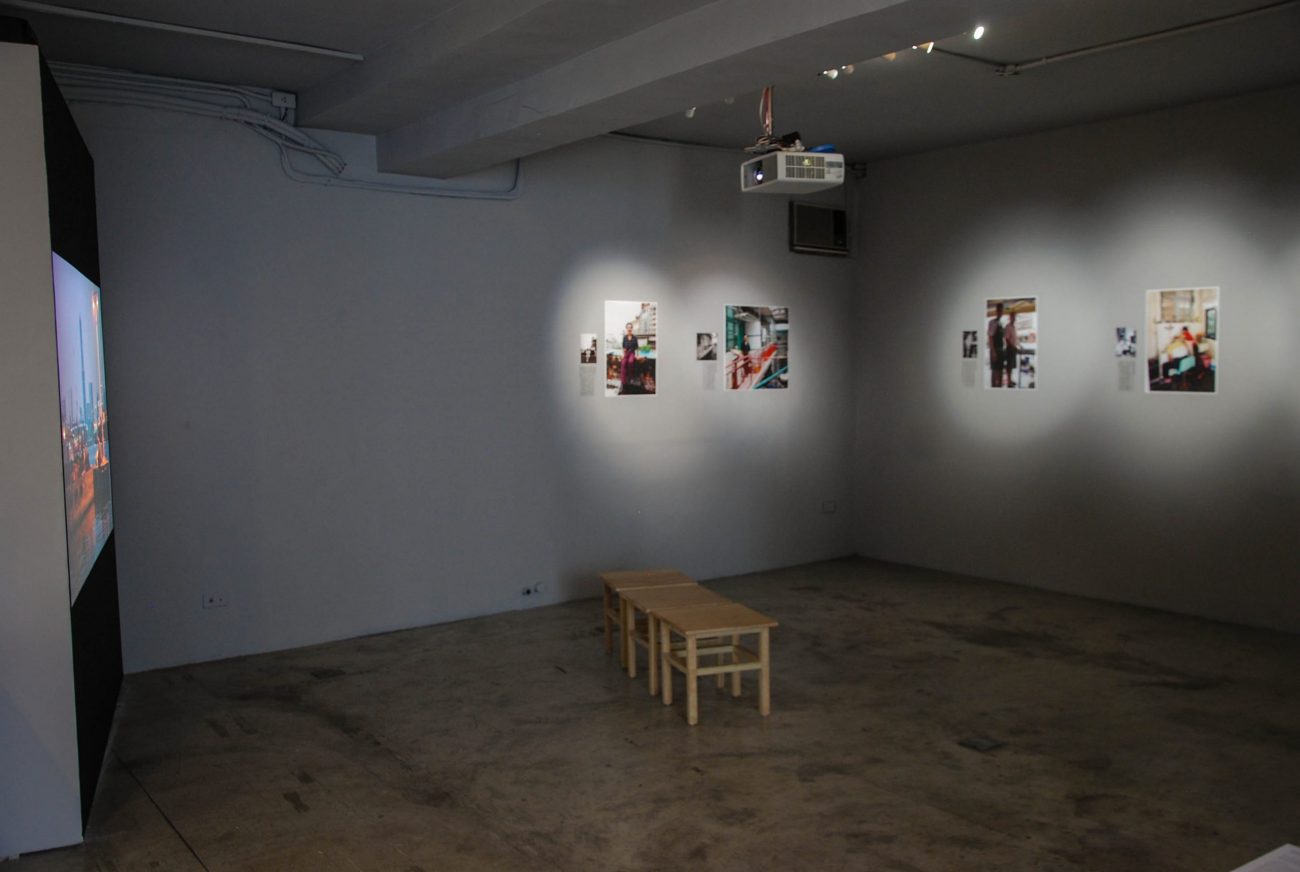
The Cube Project Space‘s Memo-scape exhibition premiered on April 19, 2014. It encapsulates over 2 years of in-depth field research and interviews conducted in Kaohsiung City’s Cijin and Yancheng Districts by Professor Huang Sun-quan and the Islands group. Other narrative experiments conducted under this project have previously been featured in the art of Inconvenient Truth: New Ideas on Environmental Art in Cijin (Islands, 2012/2013) and in the Cijin Ferry Action Plan (late 2013).
The Exhibition
The Memo-scape exhibition is set in Kaohsiung City’s historic Cijin District. Mullet fishermen were the district’s earliest modern residents, occupying work sheds along the shoreline here during fishing season in the 18th century. The political and economic changes that buffeted Taiwan through the following centuries gradually introduced to the district an eclectic and dynamic mix of cultural and commercial influences. After the mid-1800s, Cijin’s commercial harbor, Taiwan’s first modern international port, bustled with foreign merchant ships. As southern Taiwan’s window on the world, Cijin boasts a history replete with Taiwan “firsts”, including Taiwan’s first public school, Taiwan’s first primary school baseball team to beat Japan’s primary school baseball, Taiwan’s oldest Christian church, and Taiwan’s oldest Western hospital. Cijin emerged from the Second World War as the focal point of the nation’s highly lucrative ship-breaking industry. In the waning years of the 20th century, Cijin again secured global recognition as a center of yacht design and manufacturing. Also, as the center of Kaohsiung shifted toward the Yancheng District, Yancheng’s commercial quarter became a popular youth-oriented destination for imported retail-goods shopping and pub nightlife. Nevertheless, rapid economic change in the district has taken a heavy toll on the district’s historic heritage. In the minds of many, Cijin remains firmly associated with its locally famous seafood night market. Furthermore, Cijin’s Shoreline Protection Project, one of the items recognized in Kaohsiung City’s 2012 International Livable Community (LivCom) Award, is in actuality an overdue response to the steady loss of natural shoreline in the area. The surface of the massive coastal earthworks built by the government during the 1980s using carbide slag was retrofitted for double duty as a coastal tourism destination. Also, Yancheng has already lost much of its youth business to the trendy new Pier-2 Cultural-Creative District. With visitor numbers dwindling, heritage buildings dating back to Yancheng’s glory days of trade and industry are one by one being bulldozed to make way for new development.
Social and ecological factors contribute to the reshaping of landscapes. “Memo” abbreviates the English word memorandum as well as the word memory, while “scape” infers an extensive view or perspective. The goal of most fieldwork is to record life and local histories. However, reliance on a purely sociological or anthropological perspective often devolves into recapitulations of “static history” that relegate artwork to the depiction of a distant, faded past. However, local and community art programs often suffer from being unable to achieve expression beyond their local context, thus confining the impact to the small circle of program participants. Memo-scape uses workshops and fieldwork to find historical photographs best suited to represent static history. Our team sought the point in time when modern history’s path first intersected with a specific geographic location and then traced the changes in both contemporary culture and that location up to the present time. Our work targeted both people and locations. People help to reinstate long-severed emotional bonds, while locations bridge historical scenes with their current appearance. The replication achieved through this dual narrative creates mechanisms that articulate collective affinities and spatial memories. Communities and history thus feed the process that creates our shared experiences and collective memories. Therefore, Memo-scape is a practical initiative designed to recast public histories.
The Artists
HUANG Sun-quan
Assistant Professor of Graduate Institute of Interdisciplinary Art, National Kaohsiung Normal University . He is editor-in-chief of Pots Weekly, a activist engaging social movement deeply. Dr. Huang has begun engaging in curatorship and artistic creation, such as participating in Shenzhen & Hong Kong Bi-City Biennale of Urbanism\Architecture, “Our new homeland /city granting” (2007), “ A Day”(2013), The 2nd CAFAM Biennale : The Invisible Hand: Curating as Gesture “Coming Out! Utopias”(2014) and solo exhibition “u-topophilia- art in field and societal space” (2014). Curatorial projects include “Treasure Hill GAPP (Global Artivist Participation Plan)” in 2003 and 2004, “Lulu Shur-tzy Hou Solo Exhibition—Look toward the other side-Song of Asian Foreign Brides in Taiwan” in Kaohsiung Museum of Arts in 2010 and a migrant workers exhibition at Kaohsiung Labor Museum in 2011-2012. He is an artivist across architecture, media, social movements, and arts.
Islands
Islands was founded in late 2011 under the tutelage of Professor Sun-quan Huang with a focus on field, spatial and artistic productions created by artists with a particular affinity / relationship to a specific project site. The group uses current technology to listen to and record the rhythms of life within society’s lower echelons, develops programs to improve current social conditions / give new voice to mainstream opinion, and highlights the dialectical tensions between artists and the public in order to elucidate mainstream political mores as a balance to artists’ unilateral truth claims. Islands’ creative effort used a specially developed auto-narration machine and open-source-based AR software to explore the spatial history of Cijin. Work on this project has received generous support from the National Culture and Arts Foundation, Ministry of Culture, and Kaohsiung City Bureau of Cultural Affairs and results have been featured in exhibitions held at venues throughout Kaohsiung City.
Islands members: LI Hsueh-chia, TSAI Chia-ying, KAN Chih-yu, YEN Hsin-chang, KUO Shu-wei, CHANG Ya-han, WANG Tsu-liang, TUNG Meng-han, CHIANG Yi-hsuan, LIN Yun-jhu, WU Siou-ming, CHANG Shu-ling, MIAO Yo-wen, LEE Yu-zhe, CHEN I-hu
Artists | HUANG Sun-quan and Islands
Date | April 19 – May 25, 2014 (Hours: Wed. – Sun. 2-8pm)
Category:
Date:
2014 年 4 月 19 日

